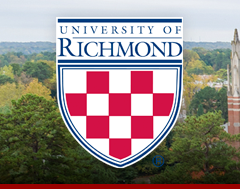Abstract
Institutional leaders are asking libraries and IT units, as service providers, to provide data about service use, service quality and return on investment as they make decisions about resource allocation. In 2012, New York University developed a Peer Benchmarking Methodology for prioritizing research support needs by benchmarking themselves with more than a dozen peer institutions. The University of California at Berkeley borrowed and adapted NYU’s methodology as the starting point and used it to benchmark teaching and learning services along with research services for a planning and community building initiative across the campus. Here we present the methodology and discuss the value of utilizing this benchmarking framework to concisely and clearly represent to key stakeholders where services rank compared to peers, the specifics of what it would take to improve these services, and how to prioritize resources for the best return on investment. Relative merits and possible downsides of utilizing this methodology are also discussed.
Document Type
Published Paper
Publication Date
2014
Publication Title
Proceedings from 2014 ARL Library Assessment Converence
Publisher Statement
Copyright © 2014 ARL Statistics and Assessment. This paper first appeared in Proceedings from 2014 ARL Library Assessment Conference (2014), 766-777.
Please note that downloads of the paper are for private/personal use only.
Recommended Citation
Guss, Samantha. "What Role Can Peer Benchmarking Play in Planning for the Future of Research and Teaching Technologies?" In Proceedings from 2014 ARL Library Assessment Conference, 766-777. Proceedings of Building Effective, Sustainable, Practical Assessment, Seattle, WA, 2014.
